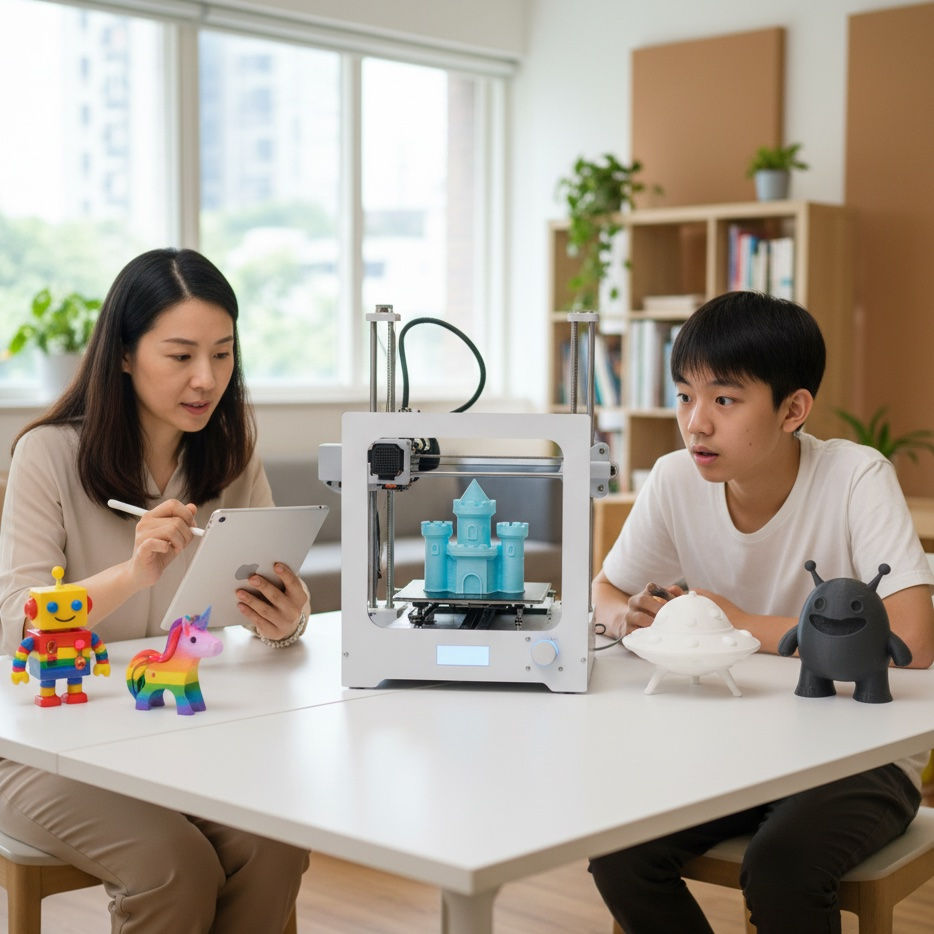FormFutura PPSU (Polyphenylsulfone) is an amorphous ultra-performance 3D printing filament based on sulfone polymer from Solvay. PPSU has a glass transition temperature of 220°C and 3D printed parts with PPSU filament can operate in temperatures up to 180°C. This makes PPSU extremely suitable for automotive applications around the engine and cylinder block as PPSU is resistant against most common automotive fluids.
PPSU filament is also perfect for 3D printing medical applications as 3D printed parts with PPSU filament are qualified for unlimited steam sterilization through among others EtO gas, radiation, steam autoclaving, plasma, dry heat and cold sterilization. FormFutura PPSU meets the ISO10993 standards for medical applications.
PPSU offers a better impact resistance and chemical resistance compared to PEI and is inherently flame retardant to UL 94 V-0 standards with low smoke evolution and low smoke toxicity.
Unique features
- Solvay PPSU inside
- Excellent thermal propterties with a glass transition temperature of 220°C.
- Flame resistance properties according to UL 94 V-0Low smoke evolution and low smoke toxicity
- Long-term hydrolytic stabilityQualified for repeated steam sterilization (>1000 cycles)
- High Environmental Stress Crack Resistance (ESCR)
- Very high impact strength and high stiffness over a wide temperature range
- Very good resistance against high energy radiation (gamma- and X-rays)
- Good electrical insulating and dielectric properties
This product normally takes 1-2 weeks to ship
FormFutura 1.75mm PPSU
Nozzle size: ≥ 0.4mm
Layer height: ≥ 0.10mmExperience level: Professional
Print temp: ± 360 - 400° C
Fan speed: 0 - 25%
Drying: +4 hours at max.110°C
Heat bed: ≥ 120° C
Enclosure needed: 90°C heated chamber
Adhesion: EasyFix Nr. VII
Spool Weight: 0.5kg
Above displayed settings are meant as guidance to find your optimal print settings. These ranges in settings should work for most printers, but please do feel free to experiment outside these ranges if you think it is suitable for your printer. There are a lot of different type of printers, hot-ends and printer offsets that it is extremely difficult to give an overall one-size-fits-all setting.


























